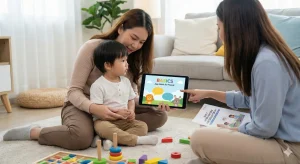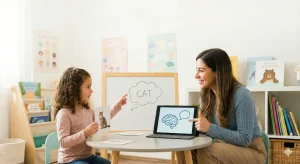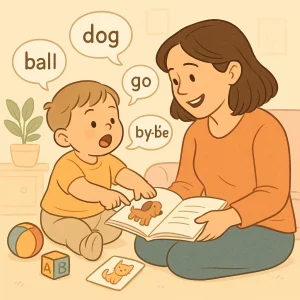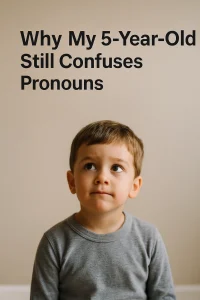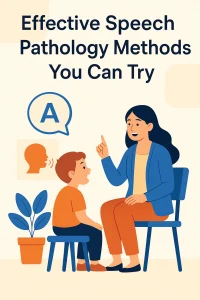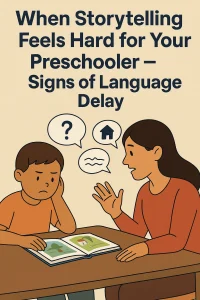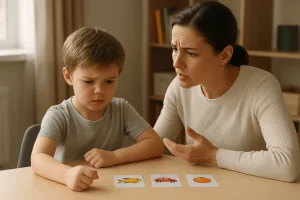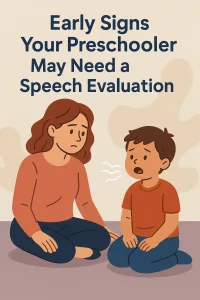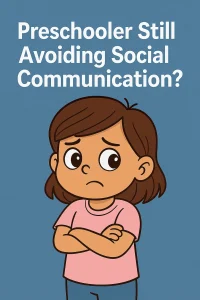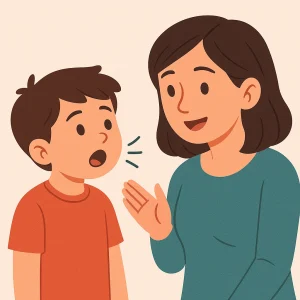Naming a Toy: Interactive Activity for Kids Language Development
By Wellness Hub
Last Updated: February 13, 2024
Introduction:
For young children, especially those with Autism and special needs, toys are more than just objects of play – they are tools for learning and development. Toy Talk is an interactive activity designed to help children recognize and name their toys, fostering language development and cognitive association in a fun and familiar environment. Our home-based speech therapy activities would guide you to teach them in an actively engaging way.
The Role of Toys in Language Development:
Toys are a child’s first friends and teachers. They provide a safe and enjoyable way for children to explore the world. By learning to identify and name toys, children not only expand their vocabulary but also develop a deeper understanding of object functions and categories, enhancing their cognitive skills. Toys often encourage interaction, whether through pretend play with dolls, action figures, or even toy animals. Engaging in imaginative scenarios helps children practice communication skills as they create dialogues and narratives, fostering language development.
Many toys are designed for group play, fostering social interaction among children. When children engage with others, they communicate, negotiate, and express themselves verbally, contributing to the development of social language skills. Toys that engage multiple senses, such as touch, sight, and sound, are particularly effective in language development. For instance, musical toys or those with textured elements not only capture a child’s attention but also stimulate language processing.
Expressive Language Development:
Creative toys like art supplies, musical instruments, or even dress-up costumes allow children to express themselves. This expressive outlet contributes to the development of language as children articulate their thoughts, feelings, and ideas.
Parent-Child Interaction:
When parents engage in play with their children using toys, it creates a bonding experience. This shared interaction provides an opportunity for parents to model language, introduce new words, and engage in meaningful conversations with their children.
Detailed Activity: Toy Talk
Setting the Scene:
- Preparation: Gather a small selection of your child’s favorite toys, ensuring they are age-appropriate and safe.
- Environment: Create a comfortable space for you and your child to sit and interact with the toys.
Naming the Toys:
- Demonstration: Hold up a toy, clearly say its name, and invite your child to repeat after you.
- Interaction: Describe each toy’s features or functions to make the activity more engaging.
Toy Categorization:
- Variation: Arrange toys by categories like animals, vehicles, or colors, and encourage your child to name them within these groups.
- Learning Categories: This helps your child understand grouping and characteristics.
Toy Hunt Game:
- Hide and Seek with Toys: Hide toys around the room and turn the activity into a ‘toy hunt.’
- Naming Upon Discovery: As each toy is found, name it together, enhancing recognition and memory
App Help:
Our Autism Basics and Speech Basics Apps are friendly companions for your child, making the process enjoyable. It’s more than just education; it’s an adventure of discovery made specifically for little explorers.
Our Speech Basics app has a section named “Toys” to understand what kind of toy the child is playing with. Each section of the toy has a picture of it and a child modeling the pronunciation. This method encourages your child to learn in an engaging and interactive way. Though this activity is to name the toys, knowing the kind of toy would help them identify the name with the shape and features of the toy. The Spinners section in the Autism Basics app helps the kid recall the learned words. This process not only enhances word recognition but also brings joy and excitement to the learning process.
Addressing Potential Challenges:
Difficulty in Naming Toys:
- Solution: Start with a few toys and gradually increase the number. Use distinct, visually appealing toys to spark interest.
Limited Attention Span:
- Solution: Keep the activity short and engaging. Use toys that are particularly appealing to your child to maintain focus.
Overstimulation:
- Solution: If your child becomes overwhelmed, reduce the number of toys and simplify the activity.
Conclusion:
Maintain a light-hearted and enjoyable atmosphere throughout ‘Toy Talk.’ Celebrate each attempt and response from your child, and don’t hesitate to repeat the activity with different toys for reinforcement. This play-based approach to learning is not just about naming toys; it’s about nurturing your child’s language skills and cognitive development in a joyful and supportive way.
Book your Free Consultation Today
Parent/Caregiver Info:
Client’s Details:
* Error Message
